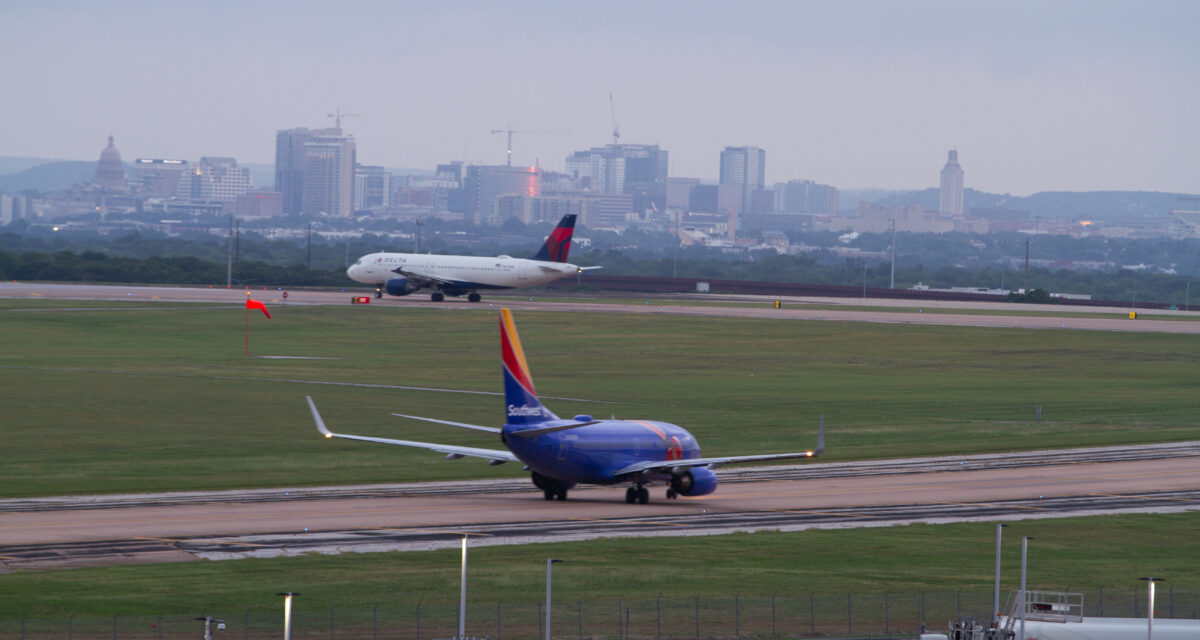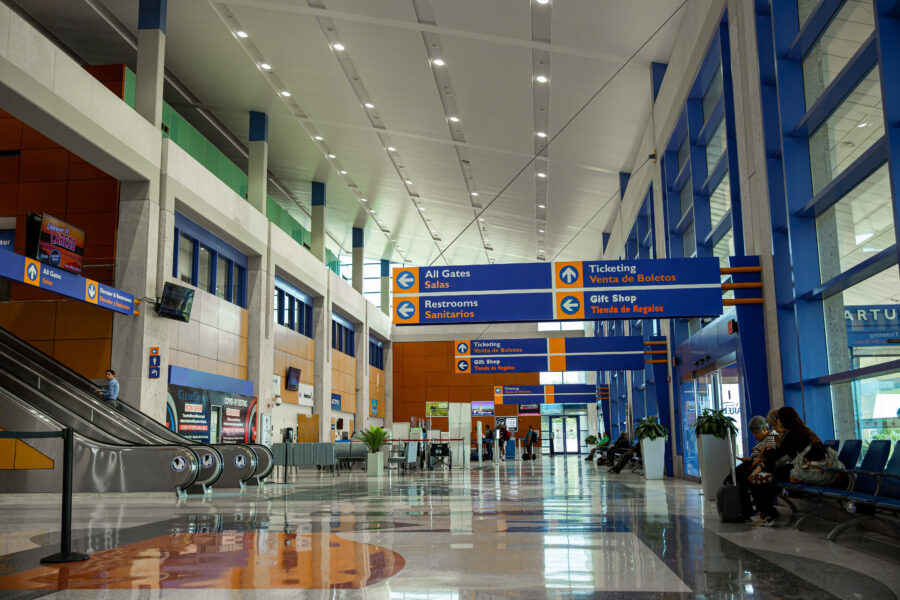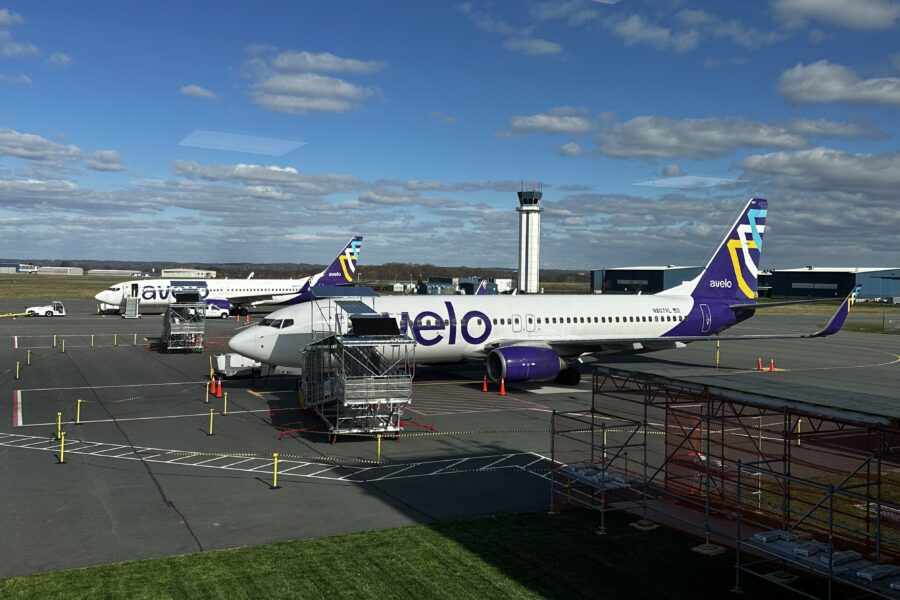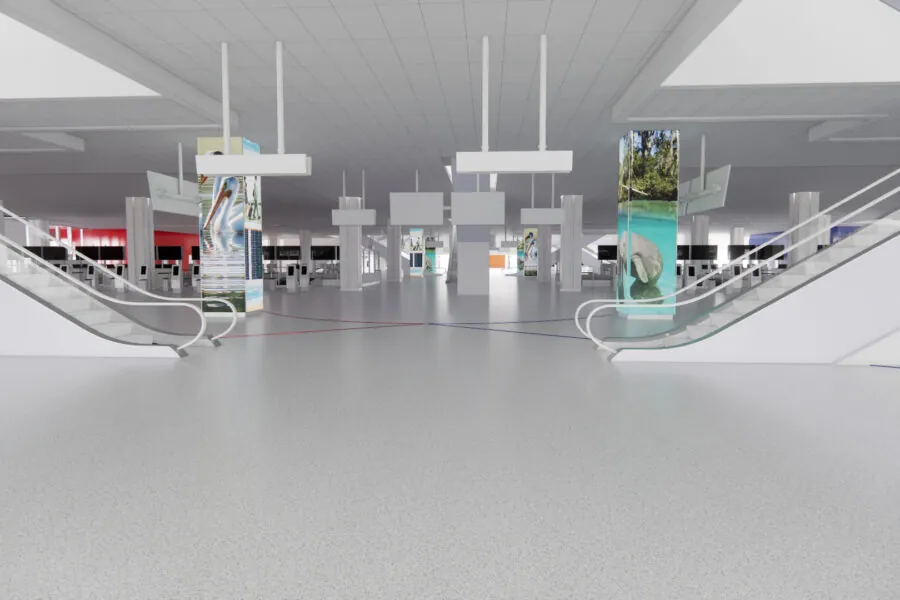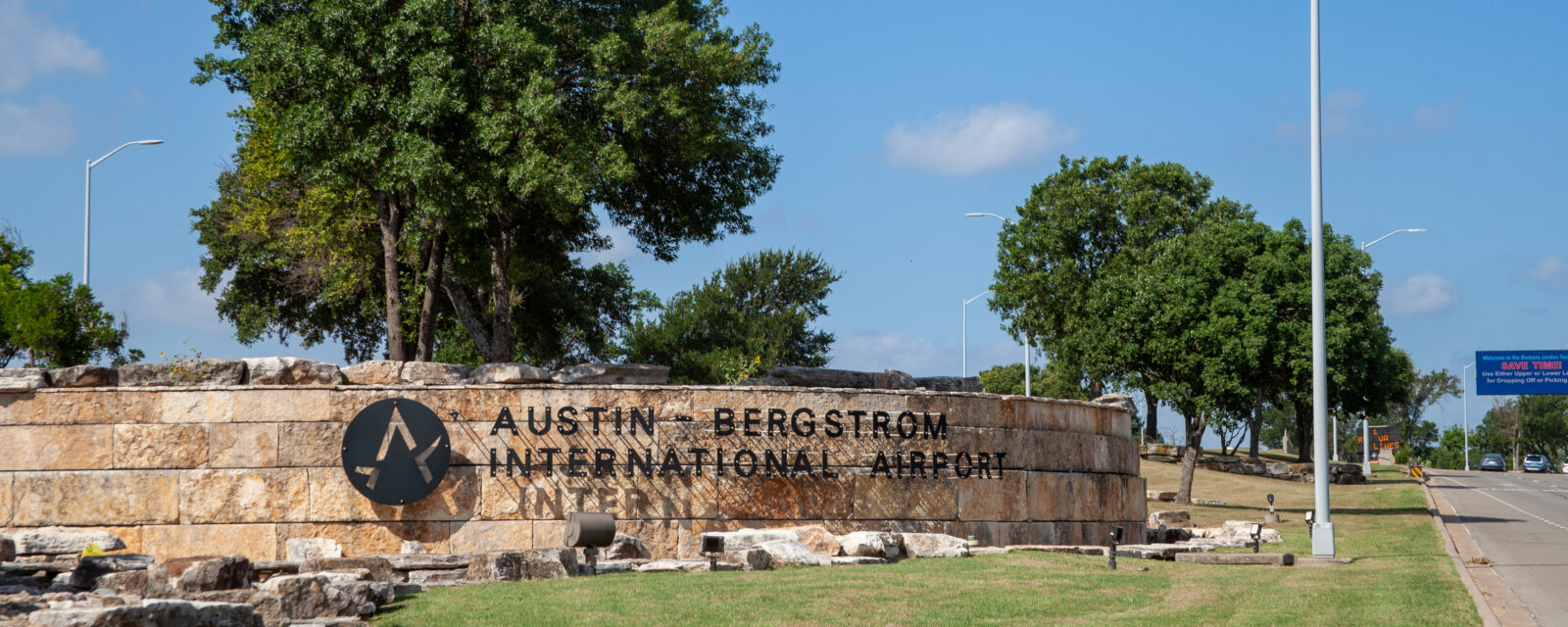
Runway 18C-36C Airfield Capacity Analysis
Project Details
Solutions
Location
Austin, TX
Client / Owner
City of Austin
Focus Areas & Services
Austin-Bergstrom International Airport (AUS) has been one of the fastest-growing airports in the United States since 2020. To address passenger demand and the airport’s rapid growth, the city requested airfield and airspace simulation modeling services to aid with the implementation schedule and timing for the anticipated demand for a future additional runway.
The Airport currently has two runways, Runway 18L-36R and Runway 18R-36L. Previous planning studies identified multiple alternatives for a third runway at AUS. The ultimate alternative selected involves constructing a new 10,000-foot Runway 18C-36C, located to the east of and parallel to the existing Runway 18R-36L, with a separation of 1,200 feet to allow for safe and efficient holding of aircraft between the runways.
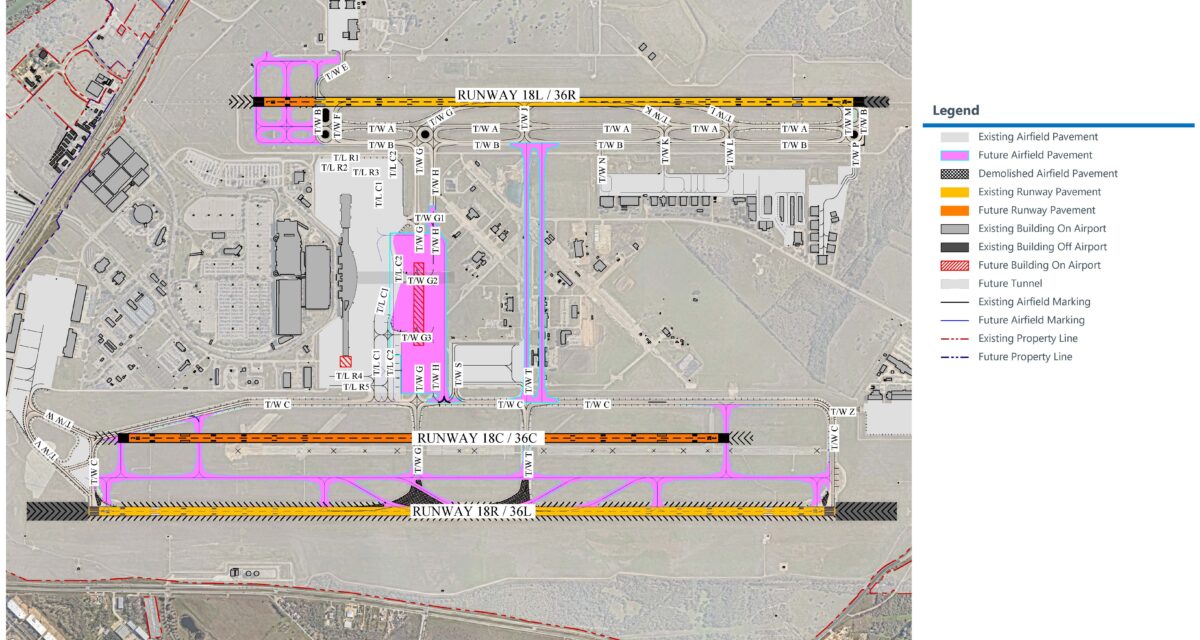
The goal of this project was to help the Airport identify the implementation schedule for Runway 18C-36C. Implementation of this runway (environmental planning, design, and construction) would be based on delay times exceeding acceptable levels in their current runway configuration, based on our analysis. Once this point is reached, Runway 18C-36C will need to be operational to avoid capacity-related constraints and delays impacting travelers. Working backwards from this point, RS&H identified key milestones, including environmental reviews, design, and construction.
Addressing the runway capacity demands
Previous planning analyses identified 2048 as the point at which AUS would cross the threshold and experience 10-minute delays due to airfield capacity constraints. RS&H was tasked with validating and refining these findings using airfield and airspace simulation modeling software to measure future runway delays. RS&H first had to prepare the flight schedules that would be modeled by combining commercial passenger traffic Design Day Flight Schedules (DDFSs) with air taxi, cargo, general aviation, and military operations from previously completed DDFSs. Schedules for the years 2024, 2028, 2030, and 2035 were modeled to measure delay. Extrapolating an exponential curve from the delay metrics measured with each schedule revealed AUS would surpass the 10-minute delay threshold around the year 2042, a whole six years sooner than previous studies indicated.
RS&H prepared an implementation timeline for AUS to follow, enabling the construction of Runway 18C-36C in a timely manner and avoiding the 10-minute delay threshold. Working backwards from 2042, it was established that the airport would need a minimum of eight years to complete the advanced planning, pre-design, NEPA, design, and construction of the runway for it to be operational by 2042. Based on this current analysis, the airport should seek to begin the implementation plan of developing the new Runway 18C-36C no later than 2034. Given that operational demands are constantly changing at airports, AUS will need to continually monitor operational levels at the airport compared to the existing forecasts.
This study delivered extensive benefits to the AUS airport team, providing a clear, demand-based implementation timeline that empowers confident, future-focused decision-making. By leveraging past project experience, advanced planning software, and a client-focused approach, RS&H prepared a demand-based, trigger-point implementation timeline that AUS can move forward with confidence to meet its growing demand.
